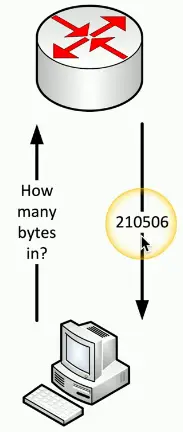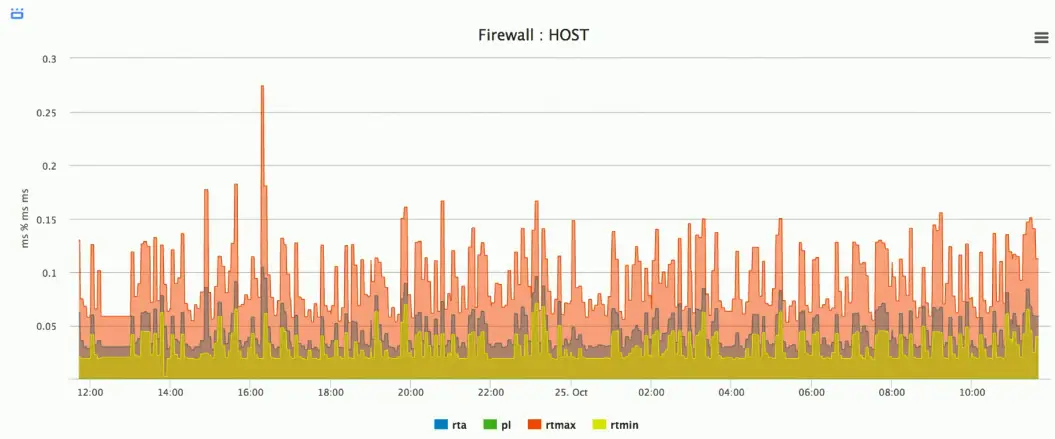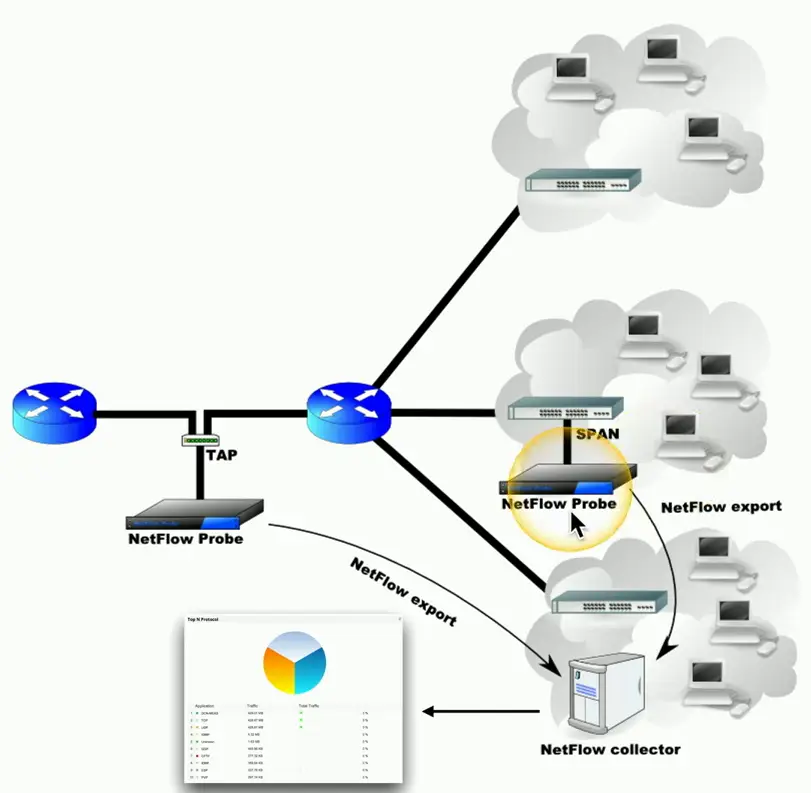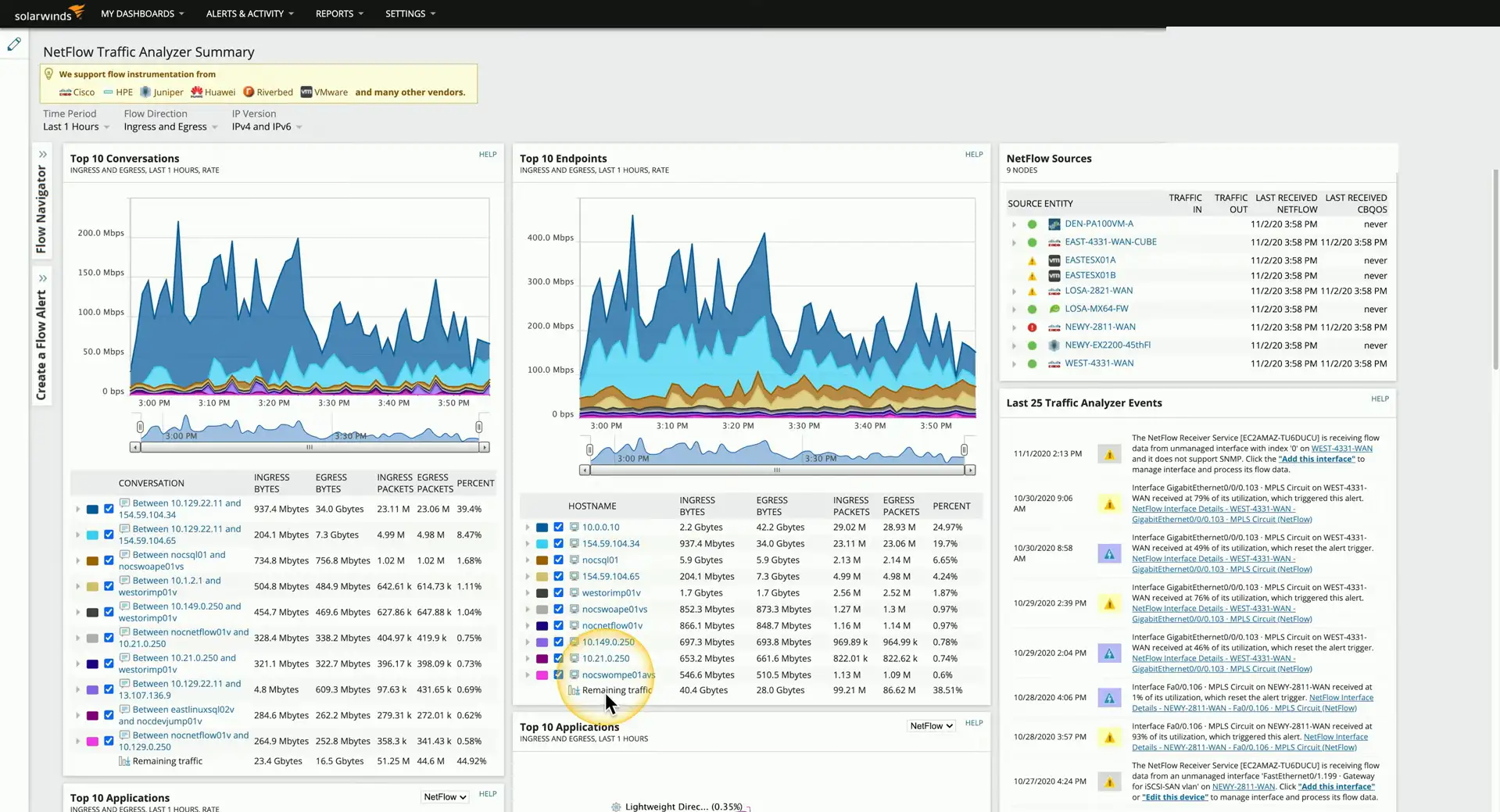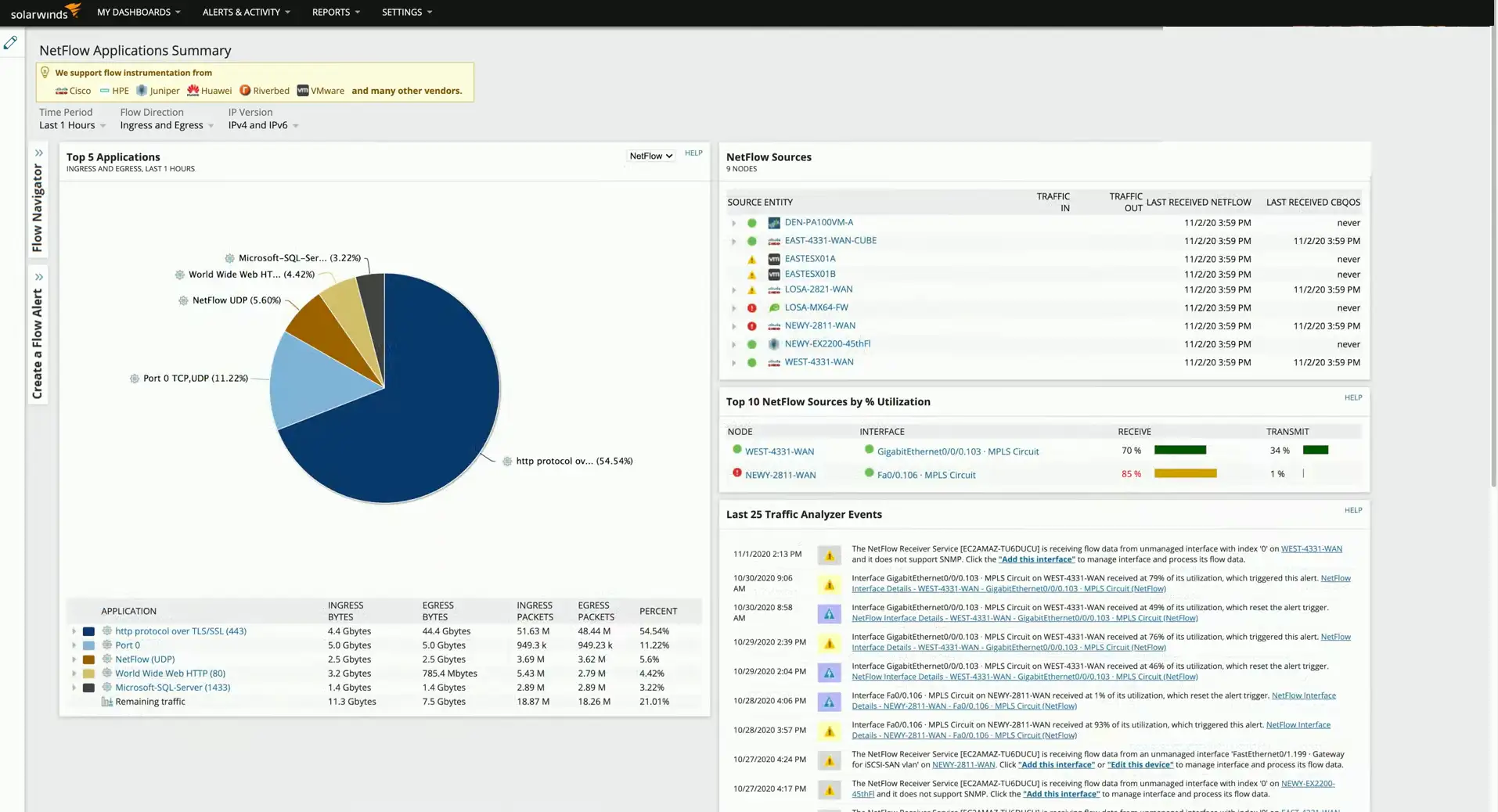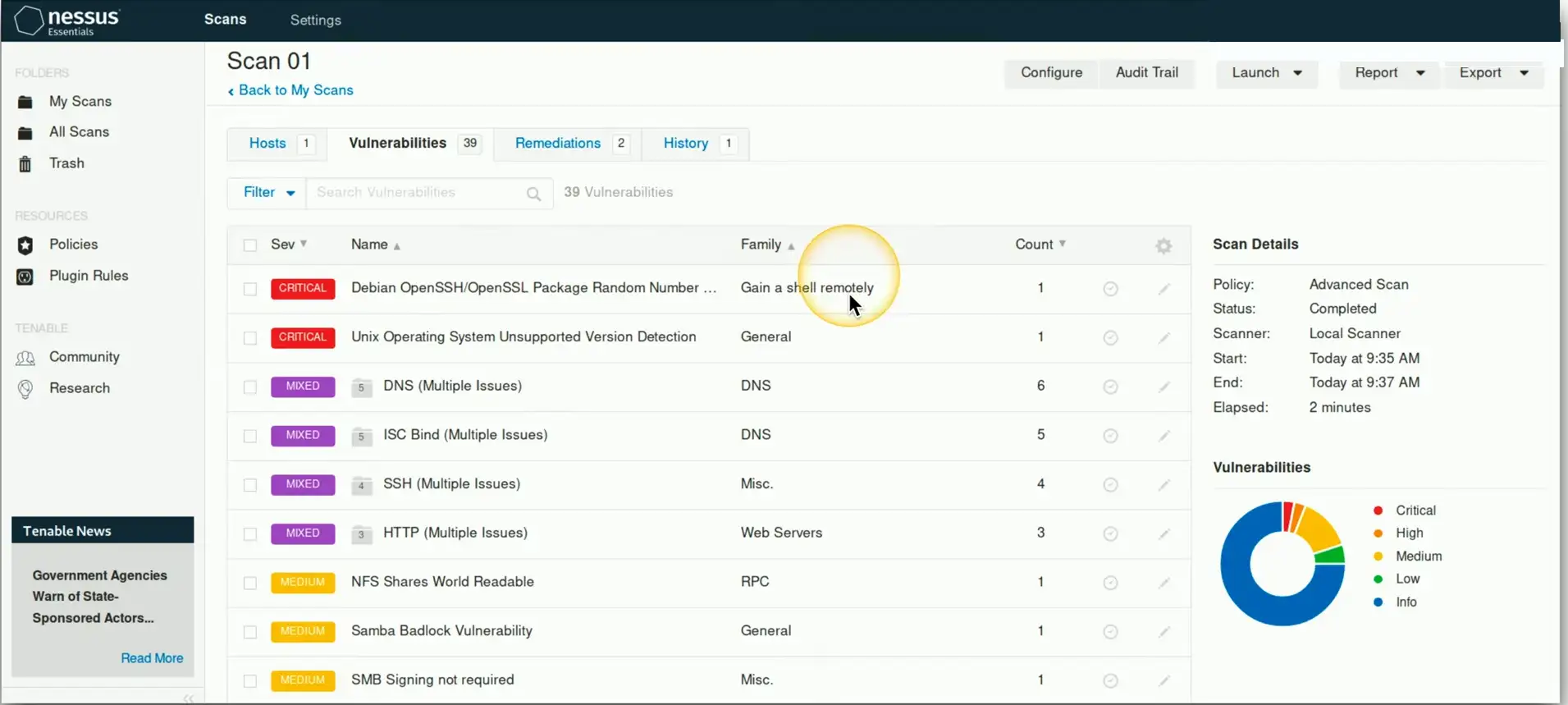Security Monitoring
Security Monitoring
The attackers never sleep
- 24/7/365
Monitor all entry points
- Logins, publicly available services, data storage locations, remote access
React to security events
- Account access, firewall rule base, additional scanning
Status dashboards
- Get the status of all systems at a glance
Monitoring Computing Resources
Systems
- Authentication — logins from strange places
- Server monitoring — Service activity, backups, software versions
Applications
- Availability — Uptime and response times
- Data transfers — Increases or decreases in rates
Infrastructure
- Remote access systems — Employees, vendors, guests
- Firewall and IPS reports — Increase or type of attack
Log Aggregation
SIEM or SEM (Security Information and Event Manager)
- Consolidate different logs to a central database
- Servers, firewalls, VPN concentrators, SANs, cloud services
Centralized reporting
- All information in one place
Correlation between diverse systems
- View authentication and access
- Track application access
- Measure and report on data transfers
Scanning
A constantly changing threat landscape
- New vulnerabilities discovered daily
- Many business applications and services
- Systems and people are always moving
Actively check systems and devices
- OS types and versions
- Device driver options
- Installed applications
- Potential anomalies
Gather the raw details
- A valuable database of information
Reporting
Analyze the collected data
- Create “actionable” reports
Status information
- Number of devices up to date/in compliance
- Devices running older OSes
Determine best next steps
- A new vulnerability is announced
- How many systems are vulnerable?
Ad hoc information summaries
- Prepare for the unknown
Archiving
It takes an average of about 9 months for a company to identify and contain a breach
- IBM security report, 2022
Access to data is critical
- Archive over an extended period
May have a mandate
- State for federal law
- Or organizational requirements
Alerting
Real-time notification of security events
- Increase in authentication errors
- Large file transfers
Actionable data
- Keep the right people informed
- Enable quick response and status information
Notification methods
- SMS/text
- Security console/SOC
Alert Response and Remediation
Quarantine
- A foundational security response
- Prevent a potential security issue from spreading
Alert tuning
- A balancing act
- Prevent false positives and false negatives
An alert should be accurate
- This is an ongoing process
- The tuning gets better as time goes on
Security Tools
Security Content Automation Protocol (SCAP)
Many security tools on the market
- NGFWs, IPS, vulnerability scanners, etc.
- They all have their own way of evaluating a threat
Managed by National Institute of Standards and Technology (NIST)
Allows tools to identify and act on the same criteria
- Validate the security configuration
- Confirm patch installs
- Scan for a security breach
Using SCAP
SCAP content can be shared between tools
- Focused on configuration compliance
- Easily detect applications with known vulnerabilities
Especially useful in large environments
- Many OSes and applications
This specification standard enables automation
- Even between different tools
Automation types
- Ongoing monitoring
- Notification and alerting
- Remediation of noncompliant systems
Benchmarks
Apply security best-practices to everything
- OSes, cloud providers, mobile devices, etc.
- The bare minimum for security settings
Example: Mobile device
- Disable screenshots, disable screen recordings, prevent voice calls when locked, force encryption backups, disable additional VPN profiles, configure a “lost phone” message, etc.
Popular benchmarks — Center for Internet Security (CIS)
Agents/Agentless
Check to see if the device is in compliance
- Install a software agent onto the device
- Run an on-demand agentless check
Agents can usually provide more details
- Always monitoring for real-time notifications
- Must be maintained and updated
Agentless runs without a formal install
- Performs the check, then disappears
- Does not require ongoing updates to an agent
- Will not inform or alert if not running
SIEM
Security Information and Event Management
- Logging of security events and information
Log collection of security alerts
- Real-time information
Log aggregation and long-term storage
- Usually includes advanced reporting features
Data correlation
- Link diverse data types
Forensic analysis
- Gather details after an event
Anti-virus and Anti-malware
Anti-virus is the popular term
- Refers specifically to a type of malware
- Trojans, worms, macro viruses
Malware refers to the broad malicious software category
- Anti-malware stops spyware, ransomware, fileless malware
The terms are effectively the same these days
- The names are more of a marketing tool
- Anti-virus software is also anti-malware software now
- Make sure your system is using a comprehensive solution
Data Loss Prevention (DLP)
Where’s your data?
- Social Security Numbers, Credit Card Numbers, Medical Records
Stop the data before the attacker gets it
- Data “leakage”
So many sources, so many destinations
- Often requires multiple solutions
- Endpoint clients
- Cloud-based systems
- Email, cloud storage, collaboration tools
SNMP
Simple Network Management Protocol
- A database of data (MIB) — Management Information Base
- The database contains OIDS — Object identifiers
- Poll devices over
udp/161
Request statistics from a device
- Server, firewall, workstation, switch, router, etc.
Graphing with SNMP
SNMP traps
Most SNMP operations expect a poll
- Devices then respond to the SNMP request
- This requires constant polling
SNMP traps can be configured on the monitored device
- Communicates over
udp/162
Set a threshold for alerts
- If the number of CRC errors increases by 5, send a trap
- Monitoring station can be reacted immediately
NetFlow
Gather traffic statistics from all the traffic flows
- Shared communication between devices
NetFlow
- Standard collection method
- Many products and options
Probe and collector
- Probe watches network communication
- Summary records are sent to the collector
Usually a separate reporting app
- Closely tied to the collector
Vulnerability Scanner
Usually minimally invasive
- Unlike a penetration test
Port scan
- Poke around and see what’s open
Identify systems
- And security devices
Test from the outside and inside
- Don’t dismiss insider threats
Gather as much information as possible
- We’ll separate wheat from chaff later
